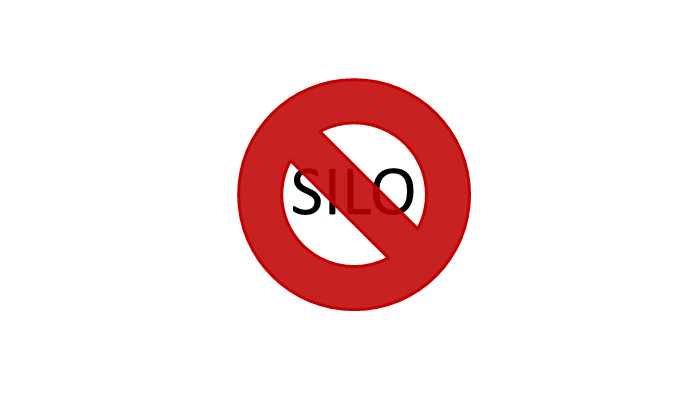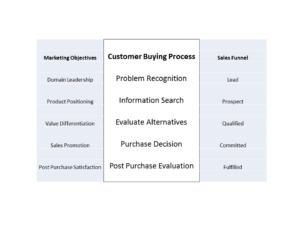One of the most prevalent issues plaguing companies today is the eternal internal war between marketing and sales teams. I’ve used emphatic language in this statement to emphasize the importance that I place on the problem. These two teams are meant to work together to bring Customers into the organization. Yet all too often the inter-relationship is fraught with miss-communications, unmet unclear expectations, as well as competitiveness and jealousy.
A lot has changed over time in terms of company business organization. Traditionally Marketing was about lead generation and collateral production. Basically inputs to the sales process. Sales was all closing deals and achieving quotas. Marketing had the long view, trying to please all Customers. Sales had the short view, trying to service a specific Customer today. Marketing had indirect exposure to Customers. Sales owned direct relationships. The turf wars in existing companies grew naturally about these very different mandates and responsibilities. A real life “best of times and worst of times” saga.
The big problem with this is that the Customer loses
The big problem with this is that the Customer loses. And the company loses potential Customers.
All the energy and time spent in internal in-fighting should be spent externally servicing Customers. Customers can fall through the cracks and aren’t always provided with the right solution for them
So what does a Startup do to avoid this problem? I believe a Startup needs to create a Customer-Centric team, a single team that is responsible for everything that is Customer facing. If the Startup uses a lean framework, then they used Customer Discovery during discovery and validation phases. What I am suggesting is to keep this one team through efficiency and scale, and never splinter off into marketing and sales silos.
When a Startup is refining its processes to acquire and retain their Customer base, they should focus on the Customer buying process first, rather than focus on Marketing deliverables and Sales funnels. Sure these need to be understood, but if the focus is first on where the Customer is in the purchase process then the tasks, channels and pieces required as a co-ordinated effort come together.
Change the focus to be on the Customer buying process
The Customer buying process is the steps that people go through when considering making a purchase. These are: problem (or need) identification, information search, evaluating alternatives, purchase decision and post purchase evaluation.
For every interaction with the Customer – whether it is a task like a sales call or a piece of collateral distributed on a channel – take time to understand what step in the buying process does this serve. As well as how does it move the buyer to the next phase. If a company follows this rule of thumb then they will create a Customer buying funnel that Customers can move through. Then it’s a matter of testing and measuring the effective of the tasks, channels, and pieces of collateral against achieving these goals in moving the Customers through the buying process.
Also published on LinkedIn at Don’t want Marketing & Sales silos in your Startup? Don’t create them!


